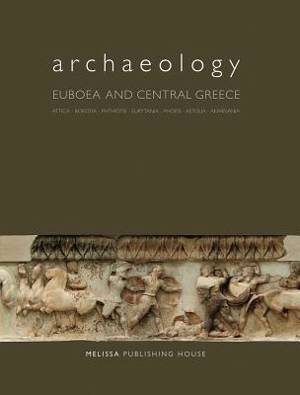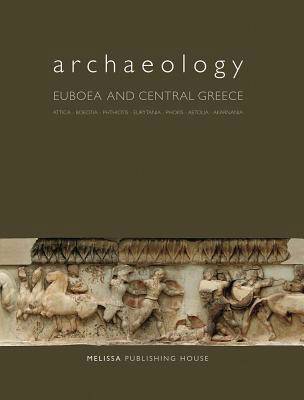
- Retrait gratuit dans votre magasin Club
- 7.000.000 titres dans notre catalogue
- Payer en toute sécurité
- Toujours un magasin près de chez vous
- Retrait gratuit dans votre magasin Club
- 7.000.000 titres dans notre catalogue
- Payer en toute sécurité
- Toujours un magasin près de chez vous
Description
From the editor's preface: The first volume in the series "Archaeology" examined the Aegean islands, excepting Euboea. I had pointed out there that this exception was dictated by the geographical peculiarity of Euboea and its dual -island and mainland- cultural physiognomy over the millennia. The second volume completes the circumnavigation of the islands, opening with the large island of Euboea in the Aegean. It then moves westwards towards the Ionian Sea, covering the southern part of the Greek Mainland, the region known today as Central Greece or Sterea Hellas. During historical times, this wide geographical region was not a discreet entity with a specific name, as were Thessaly, Epirus or the Peloponnese. Nevertheless, the prefectures of Central Greece (Attica, Boeotia, Phthiotis, Evrytania, Phokis, Aetoloakarnanania), that is, the modern administrative-geographical districts, coincide for the greater part of their territory with the ancient regions that in Antiquity were defined as lands of 'ethne' or tribes. For the long prehistoric era (from the appearance of man to the early first millennium BC), there is, of course, no evidence on the tribally or ethnically constituted regions, since there are no written sources to corroborate such a division. There existed also ancient ethnic-geographical unities (Phokis, Lokris, Doris, Achaia Phthiotis and others) - frequently these too with vague or fluctuating boundaries, like their populations - which do not coincide with modern administrative divisions of Central Greece. Last, and this too is not unrelated to the archaeological 'human geography' of the Greek Mainland, the Ephorates of Prehistoric and Classical Antiquities of the Hellenic Ministry of Culture supervise small parts of neighbouring prefectures, weaving a singular topographical canvas that complicates the overall study of the ancient tribal territories.
Spécifications
Parties prenantes
- Editeur:
Contenu
- Nombre de pages :
- 472
- Langue:
- Anglais
- Collection :
- Tome:
- n° 2
Caractéristiques
- EAN:
- 9789602042908
- Date de parution :
- 31-12-09
- Format:
- Livre relié
- Format numérique:
- Genaaid
- Dimensions :
- 254 mm x 295 mm
- Poids :
- 2857 g






